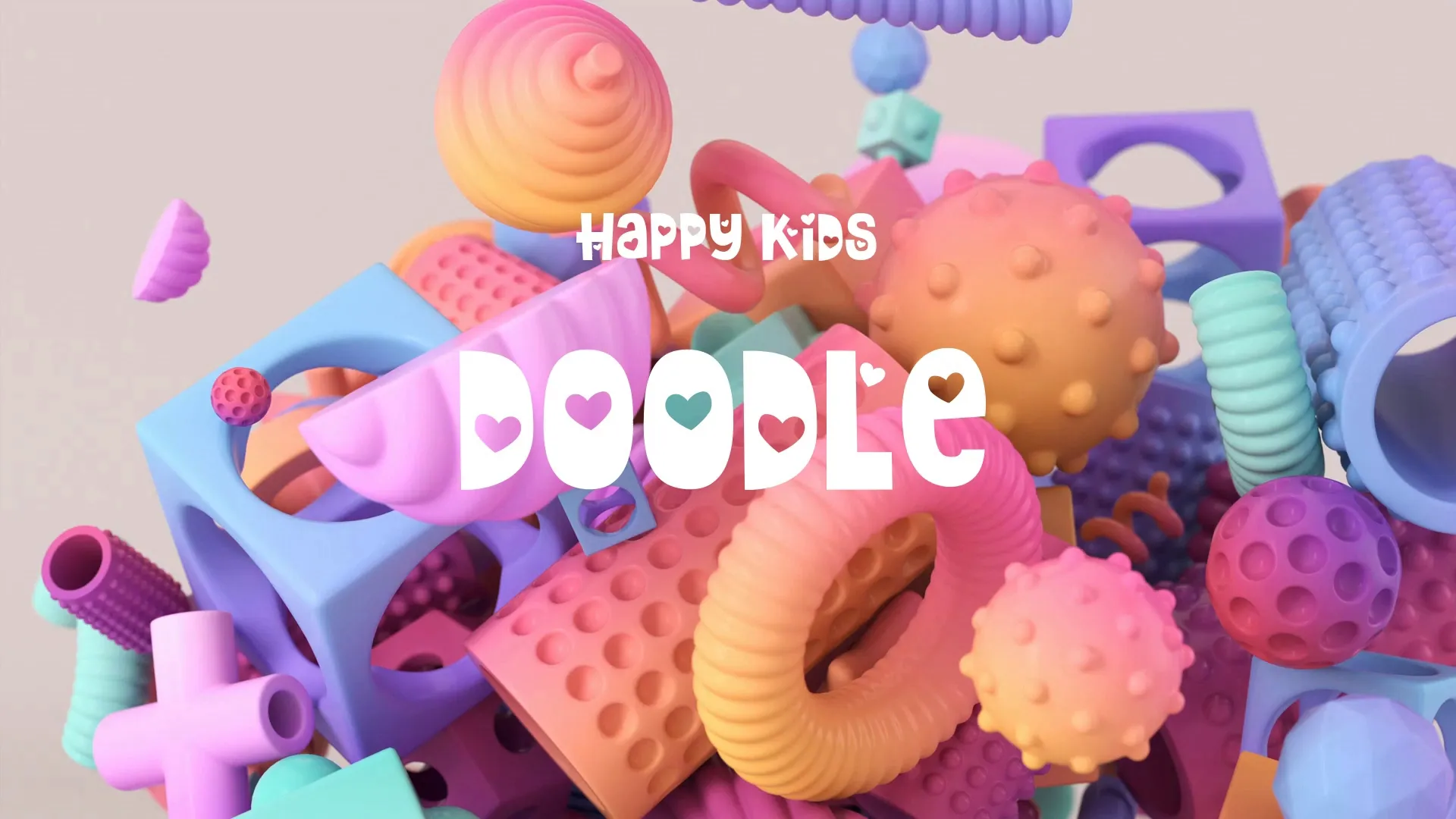Agile Game Development Methods: Boost Your Production Pipeline Efficiency
Agile Game Development Methods: Boost Your Production Pipeline Efficiency
Game development often faces unpredictable challenges and evolving creative visions. Traditional linear approaches can lead to delays and wasted effort.
Adopting agile game development methods offers a structured yet flexible way to navigate these complexities, significantly enhancing your production pipeline efficiency.
Understanding Agile in Game Development
Agile is not a rigid methodology but a set of principles emphasizing iterative development, collaboration, and rapid adaptation. It breaks down large projects into smaller, manageable chunks, allowing for continuous progress and feedback.
This approach contrasts sharply with waterfall models where each phase must be completed before the next begins.
Key Pillars of Agile for Game Devs
Iterative Development Cycles
Iterative development means building your game in short, repeated cycles, often called sprints or iterations. Each cycle delivers a playable, albeit incomplete, version of the game.
This allows for early testing and validation, preventing major issues from festering until late in the project.
Continuous Feedback Loops
Regular feedback from playtesters, team members, and stakeholders is crucial in agile development. This feedback informs subsequent iterations, ensuring the game evolves in the right direction.
Ignoring feedback can lead to features that don’t resonate with players or introduce unforeseen bugs.
Streamlined Team Collaboration
Agile promotes cross-functional teams and constant communication. Daily stand-up meetings keep everyone aligned on progress, challenges, and immediate goals.
This fosters a shared understanding and collective ownership of the project’s success.
Practical Strategies for Implementation
Start with a Minimum Viable Product (MVP)
Instead of trying to build everything at once, define the core gameplay loop and essential features for your MVP. This allows you to get a playable version into testers’ hands quickly.
An MVP helps validate your core concept before investing heavily in secondary features.
Embrace Short Sprints
Typically, sprints last one to four weeks. During this period, the team commits to delivering a specific set of features or improvements.
Create a free account, or log in.
Gain access to free articles, game development tools, and game assets.























